The best young Australian filmmakers to follow this year
Our next generation of directors is telling homegrown stories for global audiences, capturing the beauty of our landscape for the screen.
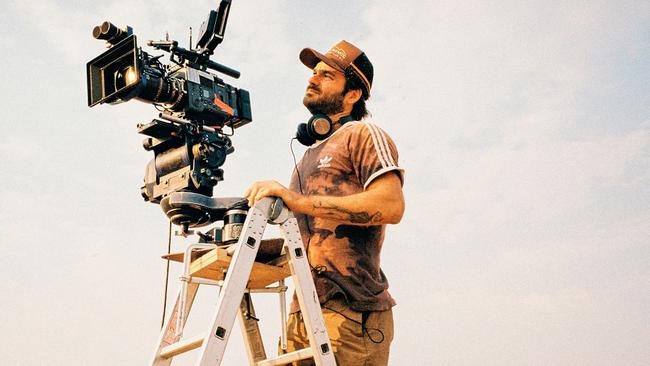
The next generation of Australian filmmakers is gearing up to take over our screens locally and beyond. Their films and television shows tell stories of the country’s modern – and changing – landscape. And they’re ready to reach global audiences like never before. Ahead, four of Australia’s rising filmmakers open up about how they’re making their mark, and why the medium remains so important today.
Dylan River
There are photos of a cherubic, three-year-old Dylan River perched atop a camera dolly on a film set. He wasn’t there by accident; his father is the acclaimed filmmaker Warwick Thornton, his mother the trailblazing producer Penelope McDonald. Filmmaking is in his blood. But it wasn’t until he began helping on a movie project for a friend, who was wheelchair-bound after an accident, that a cinematic fervour took root. His parents’ response was, Rivers admits, “‘Oh no, he wants to be a filmmaker, too.’ They warned me of the emotional and financial struggles of choosing this path, but I was hooked!”
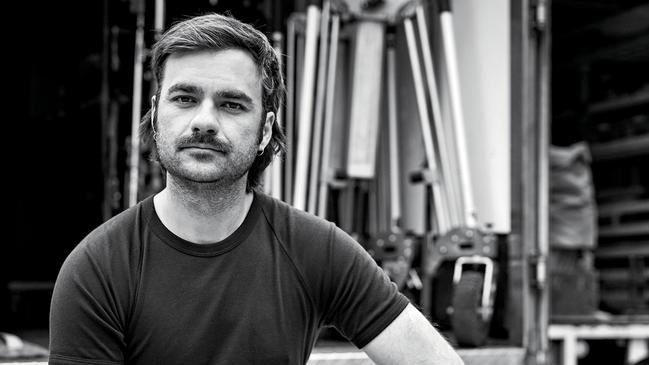
River honed his craft on his father’s sets. As a teenager, he earned pocket money in the school holidays working on Thornton’s first feature Samsom & Delilah, before later serving as second unit director on Thornton’s celebrated Sweet Country. “I’ve always learnt by observing,” he shares. In 2019, he branched out on his own, with the web series Robbie Hood, before the haunting ABC drama Mystery Road: Origin, which won River an AACTA Award for Best Director. Most recently, he co-wrote and directed Thou Shalt Not Steal, streaming now on Stan, a riotous Bonnie and Clyde-style tale set against the backdrop of 80s Alice Springs. This is River’s hometown, a place that is endlessly inspiring for the filmmaker. “Some may say it’s a shithole, some may never come because of the bad rap it gets. Those people are missing out,” he says.
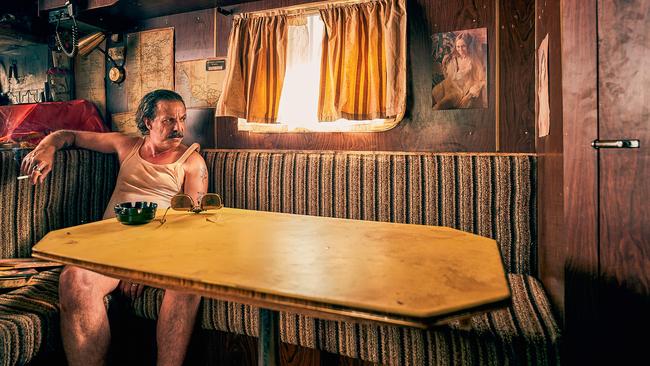
Getting to tell stories set in such a “magic, magnetic and powerful place” is a responsibility the Kaytetye man does not take lightly. “We need our own stories much more than we need others,” he declares. “And most of these stories should be told by us, not by others.” His ambitions are “big”, he shares, ennobled by the pioneering work of his own family. “It’s been instilled in me to use these opportunities to tell something that’s important,” he explains. “Stories should elevate us as people. Tell us the wrongs of the past whilst warning us about the future.”
Samuel Van Grinsven
When it comes to elevator pitches, New Zealand-born, Australian-raised director Samuel Van Grinsven’s sharp summary of his second film, Went Up the Hill, couldn’t be more intriguing. “It’s a ghost story with a unique premise,” he shares. “Two actors, three characters.”
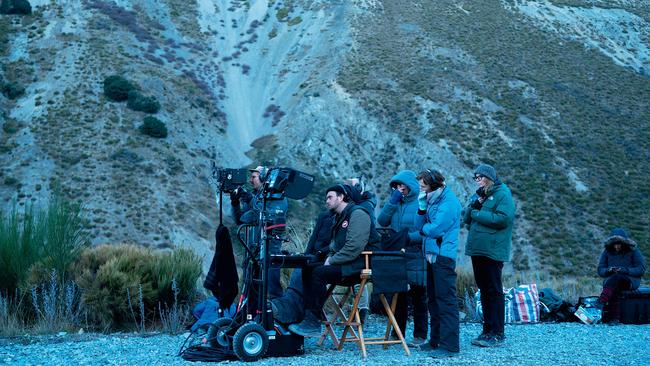
Those actors are Australian Dacre Montgomery, of Stranger Things fame, and Vicky Krieps, best known for her breakout role in Phantom Thread, who play the son and grieving partner of a dead woman – and, through possession, the late woman herself. “I was drawn to the same quality of unpredictability when casting both,” says Van Grinsven. He praises Krieps for being “alive to the moment” and Montgomery for his “livewire physicality”. The taut, finely tuned drama premiered at the 2024 Toronto International Film Festival and will hit Australian cinemas this year.
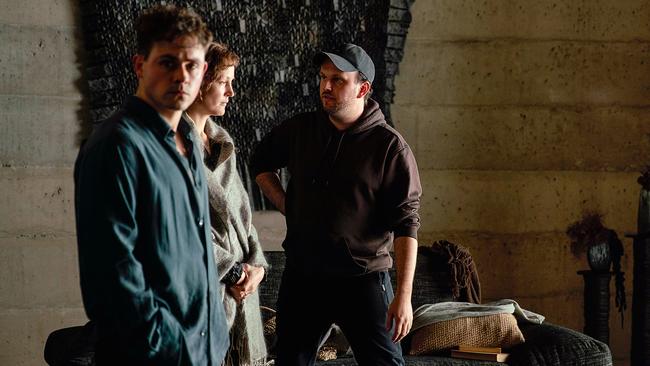
For Van Grinsven, each movie is a reaction to the one that came before. His 2019 queer coming-of-age debut, Sequin in a Blue Room, was made with limited resources while studying at the Australian Film Television and Radio School (AFTRS) and, like Went Up the Hill, was scripted with his friend Jory Anast. “We’ve written every scene, every word, every comma together.” After shooting Went Up the Hill in Christchurch, where Van Grinsven was born, he will return to Australia for his forthcoming feature. And if his second movie was about control, his next is about the loss of it. “So far, there is freedom to be found in that.”
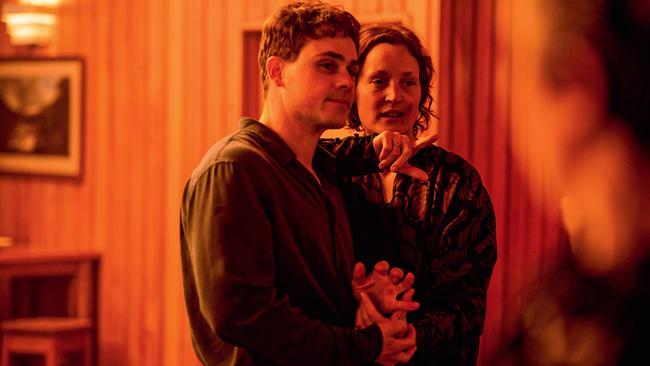
Play was always a part of Van Grinsven’s life. His parents made their living as a tribute act, channelling ABBA and The Beatles. “I tried everything from theatre to fashion, but I was always too curious for one thing,” he muses. “With film I found a space that is, at its core, a constant conversation between different mediums.”
Imogen McCluskey
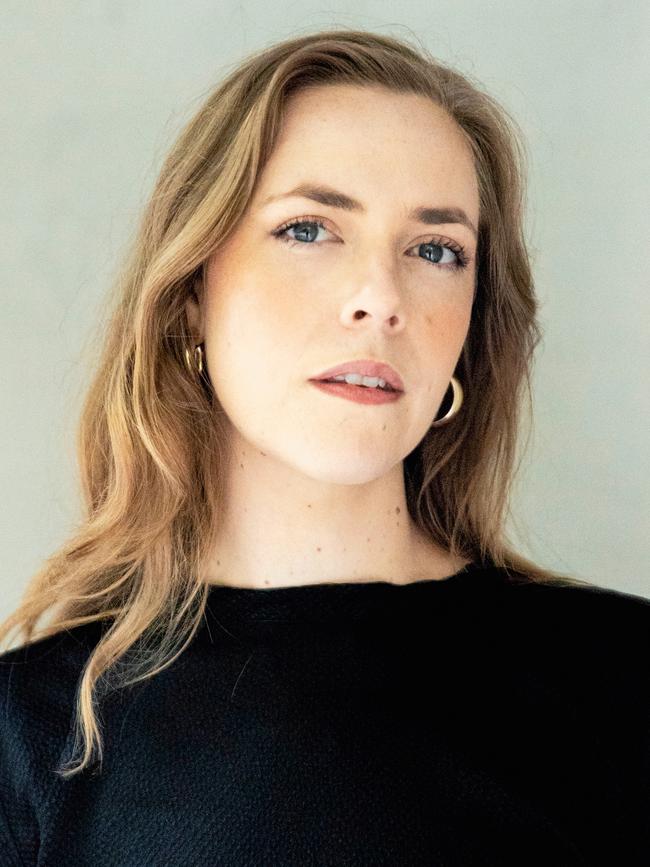
The journey to filmmaking has been long and winding for Imogen McCluskey. Growing up in Brisbane, she watched classic movies – Casablanca, The Searchers, It’s a Wonderful Life – with her dad, but had no role model for making a career in the arts. She studied biomedicine, then law, then was employed as an au pair in Paris. While there, working at the bookstore Shakespeare and Company, she was surrounded by creatives who encouraged her to shoot a one-take short film on the banks of the Seine, which secured her a place at AFTRS.
In her final year, collaborating with a creative team from her cohort, McCluskey made her debut, Suburban Wildlife, a story about adolescent friendship and desire. Made on a micro budget – McCluskey surveyed takes using the “tiny on-camera monitor … which looking back is absolutely crazy” – the film premiered in Australia at the Sydney Film Festival in 2019. “Suburban Wildlife was really powered by passion and blind ignorance, which was our saving grace,” McCluskey shares. “It was an exercise in just making something happen despite all odds, and that was inspiring.”
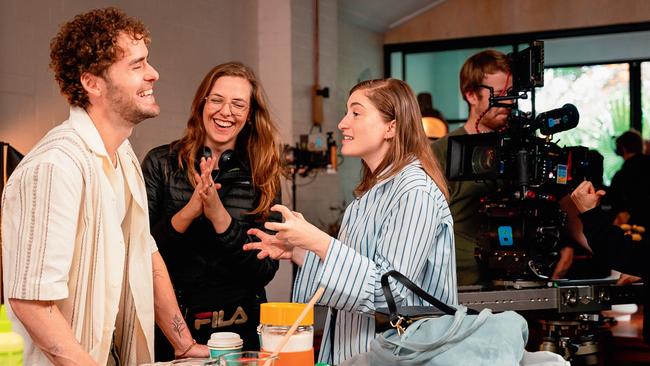
Connections she made on that film still resonate today; actor Priscilla Doueihy became her close friend and stars in Nugget is Dead, McCluskey’s second feature, a heartwarming family fable streaming now on Stan. “It’s always been my dream to make an authentically Australian comedy in the vein of Muriel’s Wedding or Looking for Alibrandi that pulses with heart, humour and tenderness,” says McCluskey. To prepare for this film about an ailing family dog, she revisited her own childhood home videos. “Our dog, Snowy, was completely darting in and out of frame. She was a witness to our childhood.” These memories reinforced the message of the movie: “Pets love you when it’s hard to be loved.”
Alice Maio Mackay
She’s only 20, but Adelaide-born filmmaker Alice Maio Mackay already has five films under her belt. Camp, tongue-in-cheek horror is her genre and queer culture her fascination. Her latest, Carnage for Christmas, which premiered in Australia at SXSW Sydney in October, follows a trans true-crime podcaster whose holiday homecoming is derailed by a reopened ice-cold case. “I’ve always loved creating from a young age, whether that be playing with Lego, drawing or writing short stories, even playing music,” she says of her drive to make movies. “It’s just always felt so natural.”
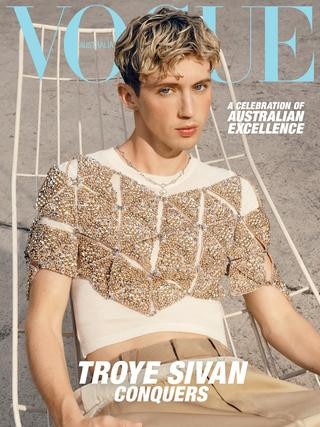
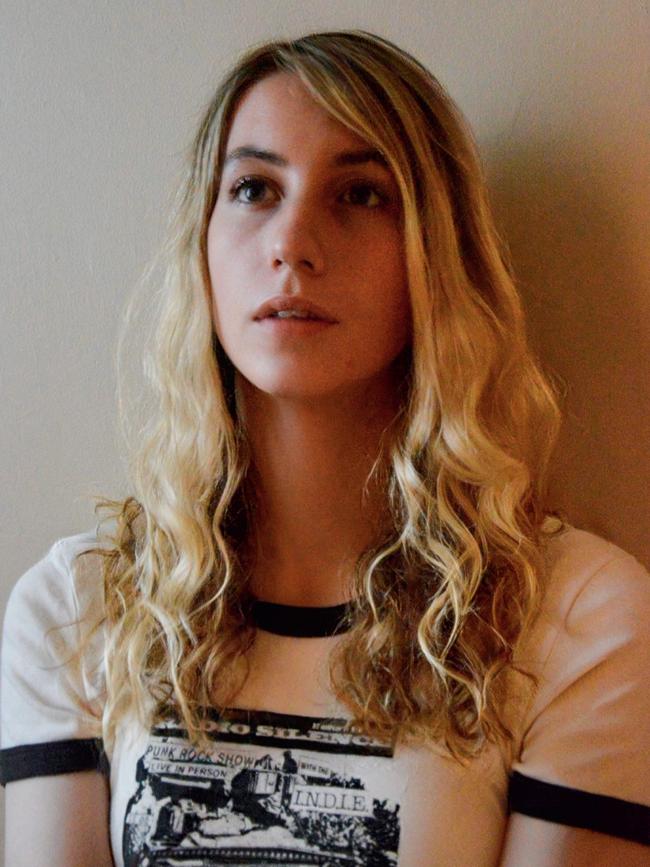
When Mackay was “really young”, she made a few stop-motion films but her first “proper” short came as a result of Stephen King’s Dollar Baby Program, whereby the horror maestro granted adaptation rights to student filmmakers. Mackay tackled Big Wheels: A Tale of the Laundry Game, a dark story of small-town dissatisfaction. She was 14 years old. “I remember watching the rough cut of the film for the first time and feeling so proud and just an overall sense of awe about the whole process,” she admits.
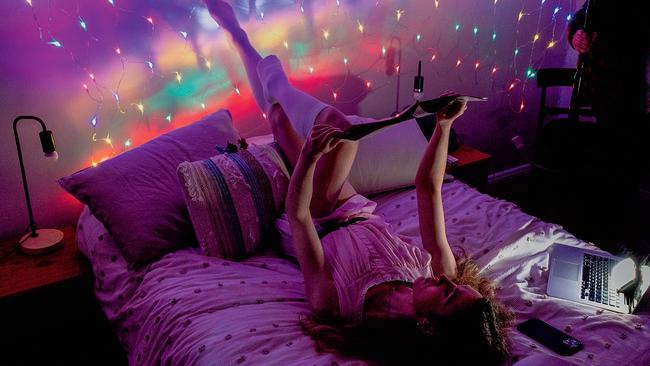
Her inspirations range from cult directors – Gregg Araki and Kevin Smith are two favourites; she watched the latter’s sleeper hit Clerks on a sick day in year five and “it just changed everything” – to murder mysteries and British sitcoms. After working for years in the small-budget space, Mackay’s next film will be larger scale and explore a “supernatural, romance, witchy” story. Now based in Sydney, Mackay is part of a creative community that constantly inspires her. “Film is just such an integral part of not only my work but social life,” she shares. “Nothing brings me greater joy than being able to tell stories.”
This story is from the February issue of Vogue Australia.



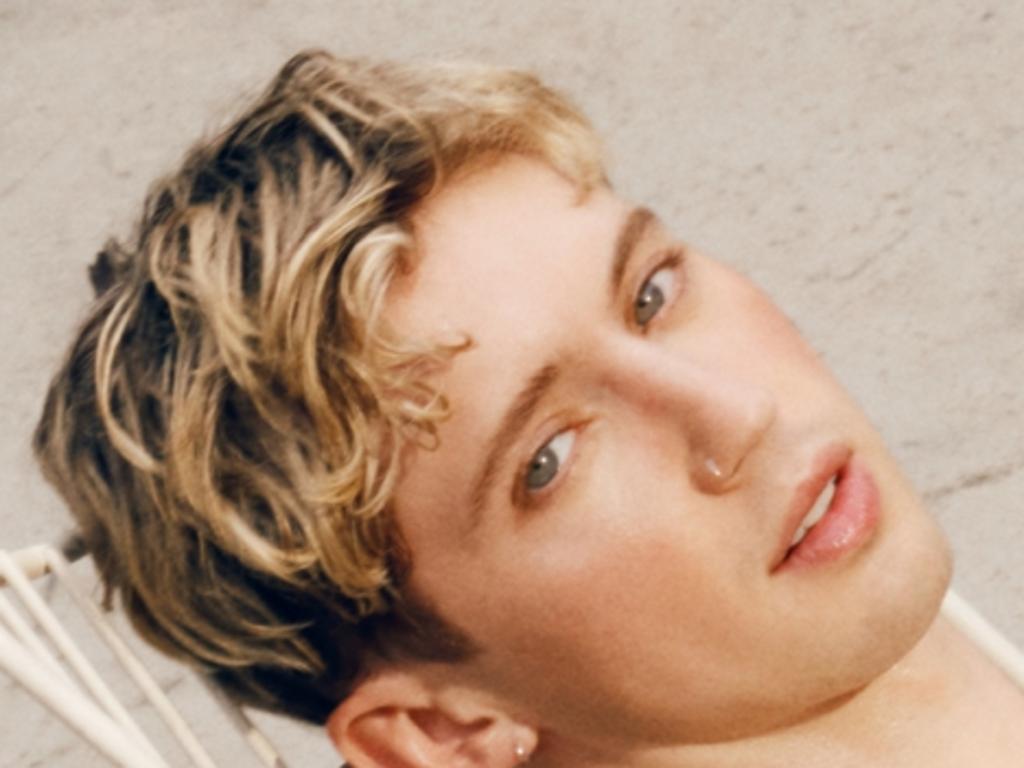
To join the conversation, please log in. Don't have an account? Register
Join the conversation, you are commenting as Logout